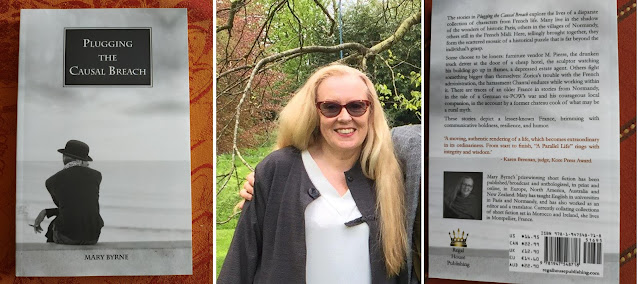*The images in this specific piece are granted copyright: Public Domain, GNU Free Documentation Licenses, Fair Use Under The United States Copyright Law.
The other images are granted copyright permission by the copyright holder, which is identified beneath each photo.
**Some of the links will have to be copied and then posted in your search engine in order to pull up properly
*** The CRC Blog welcomes submissions from published and unpublished poets for BACKSTORY OF THE POEM series. Contact CRC Blog via email at caccoop@aol.com or personal Facebook messaging at https://www.facebook.com/car.cooper.7
***Clint Margrave’s “Jesus Never Laughed” is #275 in the never-ending series called BACKSTORY OF THE POEM where the Chris Rice Cooper Blog (CRC) focuses on one specific poem and how the poet wrote that specific poem. All BACKSTORY OF THE POEM links are at the end of this piece.
Can you go through the step-by-step process of writing this poem from the moment the idea was first conceived in your brain until final form? In a journal entry dated from August 2019, I first mention this idea that Jesus never laughed. I had heard someone say on a podcast around that time how Jesus never laughed and how Socrates never wept. It wasn't until a year later that I rediscovered this in my journal and wrote a draft of the poem. (Right: Clint Margrave's journal entry from August of 2019. Credit and Copyright by Clint Margrave)Where were you when you started to actually write the poem? And please describe the place in great detail. Most likely in my apartment in Atwater Village in Los Angeles, CA. Probably at the kitchen table rather than in my office. I have taken to writing there during the pandemic, since my office has now become my classroom. (Left: sculpture head of Socrates)
What month and year did you start writing this poem? The first journal notes were in August 2019. The first draft was August 2020. (Right: The place where Clint Margrave wrote "Jesus Never Laughed" Credit and Copyright by Clint Margrave)
How many drafts of this poem did you write before going to the final? (And can you share a photograph of your rough drafts with pen markings on it?) Not too many compared to some poems. I'm guessing around 10.
Were there any lines in any of your rough drafts of this poem that were not in the final version? And can you share them with us? Sure. Originally, I had to tried to include the idea that Socrates never wept then realized it was too much. (Left: Clint Margrave's writing space today. Credit and Copyright by Clint Margrave)
The more I thought about how Jesus never laughed and how there is a whole religion based only around one side of life (tragedy), the more I wanted to focus in on this. There isn't much humor anywhere in the Bible, both in the Hebrew Bible and the Christian one, which seems odd if this is supposed to be the word of "God" since humans have both the comic and the tragic. God and Jesus are both so humorless as characters. (Right: Clint Margrave in August of 2019. Copyright by Clint Margrave)
What do you want readers of this poem to take from this poem? I don't want to prescribe any feeling or message, but maybe I hope it'll inspire people to remember to laugh and lighten up sometimes.
Which part of the poem was the most emotional of you to write and why? I felt emotional about how so many can only see tragedy, which is only embracing one side of life. I believe you need to embrace both. Some turn entirely away from the tragic as well and that isn't healthy either, but we need to laugh, even at tragedy sometimes. It's the only way to deal with the world.
Has this poem been published before? And if so where? Yes, in The Moth, Spring 2021 Issue. (Above Left)
Jesus Never Laughed
It’s true that a sense of humor
didn’t run in the family.
And he could always fall back
on other traits
like raising the dead,
healing the blind,
walking on water.
Not to mention
turning that water into wine
which must’ve made him
a hit at parties.
But imagine if one of the most famous
lines in the Bible
had been, “Jesus laughed”?
Instead, he wept.
He was always weeping.
For the sins of the world.
For the mercy of his father.
You almost feel bad for the guy.
You almost want to say,
Hey Jesus, lighten up!
No one ever taught him
that tragedy is only
one side of life.
That for every martyr
you need a jester,
for every Book of Job
you need a book of jokes.
No one ever taught him
that laughter is its own savior
and sometimes all you have.
Clint Margrave is the author of the novel Lying Bastard (Run Amok Books, 2020), and the poetry collections, Salute the Wreckage, The Early Death of Men, and Visitor (Forthcoming) all from NYQ Books. His work has appeared in The Threepenny Review, Rattle, Cimarron Review, Ambit (UK), Verse Daily, and The Writer’s Almanac, among others. He lives in Los Angeles, CA. (Right: Clint Margrave. Copyright by Clint Margrave)


















































